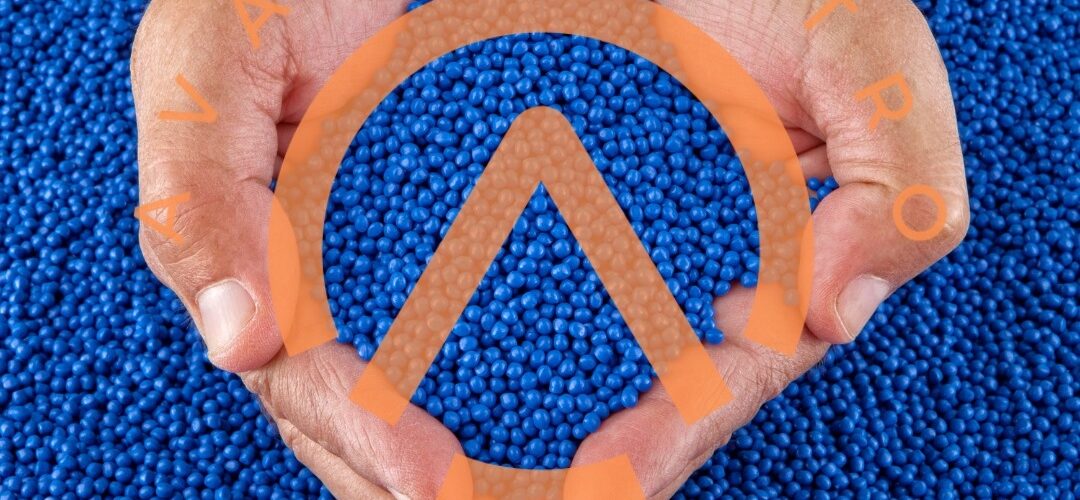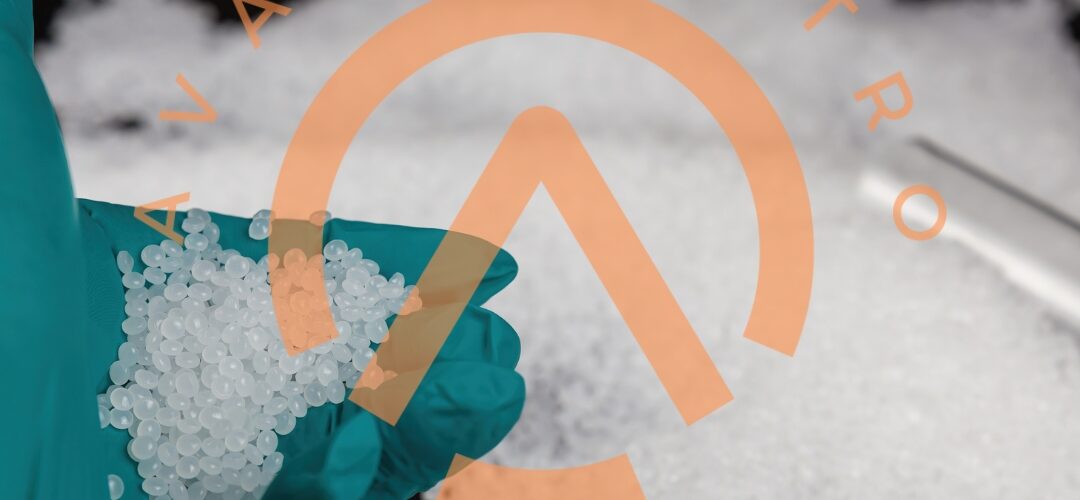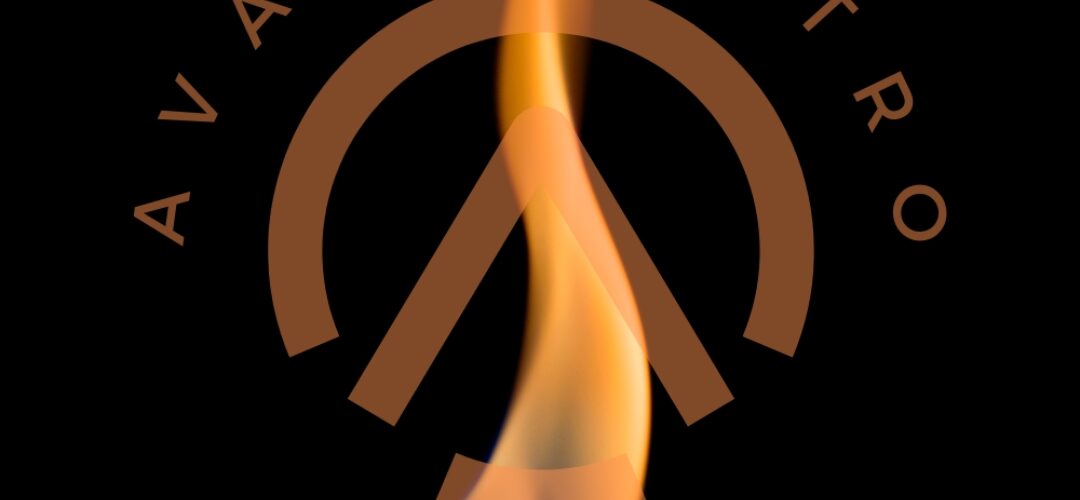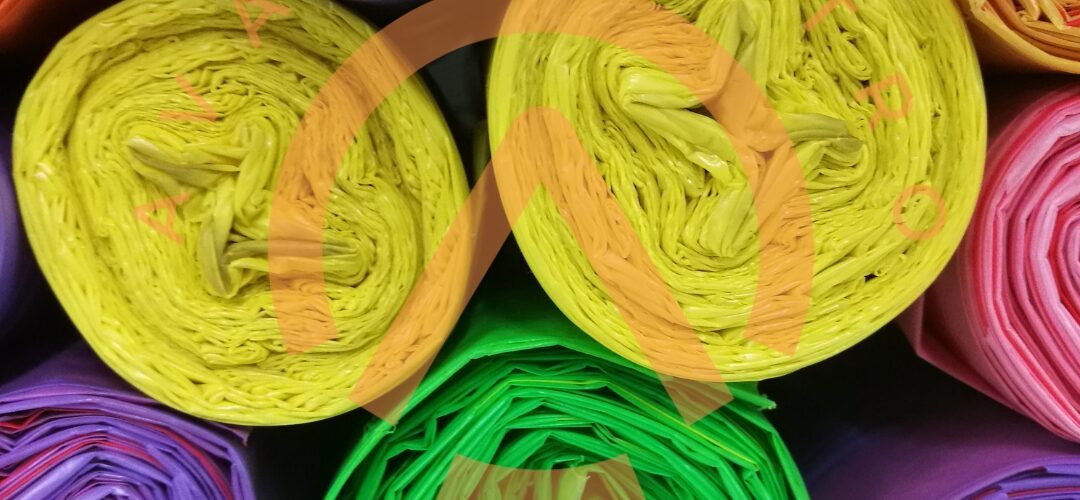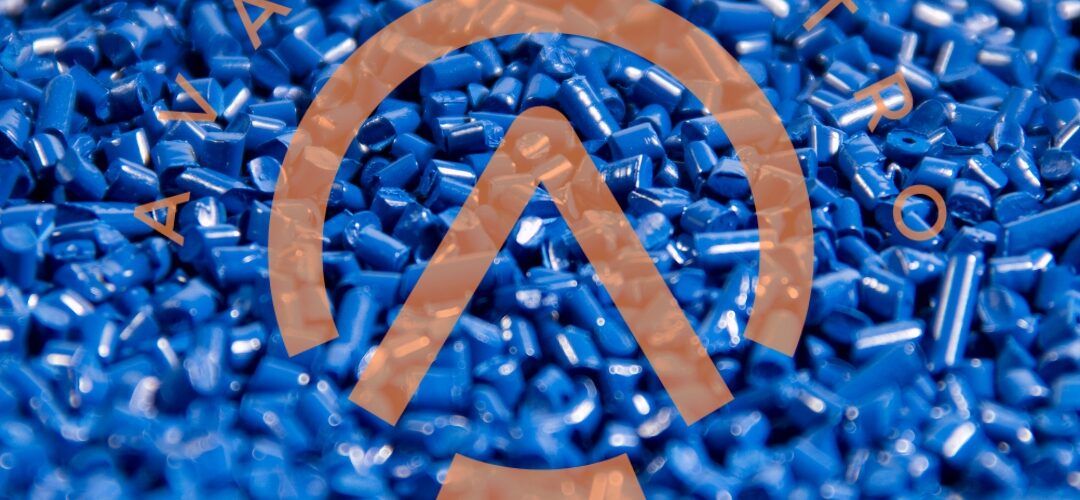Which Materials Can Be Used as Raw Materials in Flame Retardant Masterbatch Production?
Introduction
Flame retardant masterbatch is a crucial component in various industries, offering enhanced safety and protection against fire hazards. It is widely used in manufacturing plastics, textiles, and other materials where fire resistance is essential. But what are the raw materials used in flame retardant masterbatch production? In this article, we will explore the key materials employed in the manufacturing process, their properties, and their contributions to enhancing the flame resistance of various products.
Table 1: Outline of the Article
1. Introduction
2. Understanding Flame Retardant Masterbatch
3. Common Raw Materials Used
- Halogenated Compounds
- Phosphorus-based Compounds
- Nitrogen-based Compounds
- Inorganic Fillers
- Antimony Trioxide
4. Properties and Contributions of Each Material
- Halogenated Compounds
- Phosphorus-based Compounds
- Nitrogen-based Compounds
- Inorganic Fillers
- Antimony Trioxide
5. Manufacturing Process of Flame Retardant Masterbatch
6. Applications of Flame Retardant Masterbatch
7. Environmental Concerns and Sustainable Alternatives
8. Advantages and Limitations
9. Flame Retardant Masterbatch Testing Standards
10. Choosing the Right Flame Retardant Masterbatch
11. Flame Retardant Masterbatch Market Trends
12. Conclusion
13. FAQs
Understanding Flame Retardant Masterbatch
Flame retardant masterbatch is a formulation of additives and carriers that is added to various materials to improve their fire resistance. The masterbatch is produced by incorporating specific flame retardant chemicals into a carrier resin, which is then blended with the base material during manufacturing processes like extrusion, injection molding, or blow molding. This approach ensures even distribution of the flame retardant within the final product.
Common Raw Materials Used
Halogenated Compounds
Halogenated compounds, such as bromine and chlorine, are widely used as flame retardants due to their excellent fire-inhibiting properties. They work by interrupting the combustion process and forming a protective layer on the material’s surface. However, the use of halogenated compounds has raised concerns about their environmental impact and potential health risks.
Phosphorus-based Compounds
Phosphorus-based compounds are another group of flame retardants utilized in masterbatch production. They can be combined with various polymers and are effective in reducing the flammability of materials. Phosphorus-based flame retardants are considered less harmful to the environment compared to halogenated compounds.
Nitrogen-based Compounds
Nitrogen-based flame retardants are commonly used in polyolefin-based products. They release inert gases upon exposure to heat, diluting the oxygen and limiting the spread of flames. Nitrogen-based compounds are favored for their low toxicity and environmental friendliness.
Inorganic Fillers
Inorganic fillers, such as aluminum hydroxide and magnesium hydroxide, are used to enhance the fire resistance of plastics and other materials. When exposed to high temperatures, they release water vapor, which helps cool the material and suppresses flames.
Antimony Trioxide
Antimony trioxide is often used as a synergist in combination with other flame retardants. It enhances the effectiveness of other additives and contributes to improved flame resistance.
Properties and Contributions of Each Material
Halogenated Compounds
Halogenated flame retardants are known for their high efficiency in fire suppression. They are particularly effective in preventing the spread of flames, making them suitable for various applications, including electronics, construction materials, and textiles. However, their use has faced scrutiny due to potential health and environmental risks.
Phosphorus-based Compounds
Phosphorus-based flame retardants offer good thermal stability and smoke suppression capabilities. They are widely used in electrical cables, automotive parts, and building materials. As a more environmentally friendly option, they are becoming increasingly popular in various industries.
Nitrogen-based Compounds
Nitrogen-based flame retardants have gained popularity due to their low toxicity and low smoke emission properties. They are commonly used in products like polypropylene-based plastics, textiles, and foams.
Inorganic Fillers
Inorganic fillers are non-toxic and contribute to good mechanical properties in the final product. They are used in various polymers, such as polyethylene and PVC, to improve their fire resistance.
Antimony Trioxide
Antimony trioxide enhances the flame-retardant properties of other additives, especially halogenated and brominated compounds. It acts as a synergist and boosts the overall fire-inhibiting performance.
Manufacturing Process of Flame Retardant Masterbatch
The production of flame retardant masterbatch involves precise formulation and mixing. The raw materials are processed and blended with the carrier resin, ensuring uniform distribution. The masterbatch is then ready to be incorporated into the final product during the manufacturing process.
Applications of Flame Retardant Masterbatch
Flame retardant masterbatch finds extensive applications across multiple industries. It is used in electronics, automotive parts, construction materials, textiles, and transportation sectors to enhance safety and meet stringent fire safety regulations.
Environmental Concerns and Sustainable Alternatives
While flame retardants play a vital role in fire safety, some of the commonly used materials, such as halogenated compounds, have raised environmental concerns. As a result, the industry is actively exploring sustainable alternatives to traditional flame retardants that provide effective fire resistance without compromising the environment and human health.
Advantages and Limitations
Flame retardant masterbatch offers several advantages, including improved fire safety, compliance with safety standards, and protection of valuable assets. However, the limitations include potential health risks associated with certain flame retardant chemicals and the need for proper waste management of end-of-life products.
Flame Retardant Masterbatch Testing Standards
Various international and industry-specific standards govern the testing and performance evaluation of flame retardant masterbatch. These standards ensure that products meet specific fire safety requirements, giving consumers confidence in the materials they use.
Choosing the Right Flame Retardant Masterbatch
Selecting the appropriate flame retardant masterbatch depends on the material type, application, and desired level of fire resistance. Manufacturers need to consider the compatibility of the masterbatch with the base material and its overall performance under various conditions.
Flame Retardant Masterbatch Market Trends
The flame retardant masterbatch market is continuously evolving as industries demand more effective and sustainable solutions. The adoption of eco-friendly flame retardants is growing, driven by consumer awareness and regulatory pressures.
Conclusion
Flame retardant masterbatch plays a crucial role in enhancing fire safety across various industries. The use of different raw materials, such as halogenated compounds, phosphorus-based compounds, nitrogen-based compounds, inorganic fillers, and antimony trioxide, contributes to the effectiveness of these additives. As technology advances, the industry must continue to focus on sustainable flame retardant solutions that meet fire safety standards without compromising the environment.
FAQs
1. Are flame retardant masterbatch additives safe for human health? Flame retardant masterbatch additives are generally safe when used as intended. However, certain halogenated compounds have raised health concerns, leading to the exploration of safer alternatives.
2. What industries benefit the most from flame retardant masterbatch usage? Flame retardant masterbatch finds applications in electronics, automotive, construction, textiles, and transportation industries, where fire safety is critical.
3. Can inorganic fillers affect the mechanical properties of materials? Yes, inorganic fillers can enhance the mechanical properties of materials, such as strength and impact resistance.
4. Are there eco-friendly flame retardant alternatives available? Yes, the industry is actively researching and adopting eco-friendly flame retardants to address environmental concerns.
5. How can manufacturers ensure the right flame retardant masterbatch for their products? Manufacturers should consider factors like material compatibility, desired fire resistance level, and compliance with relevant standards when selecting flame retardant masterbatch for their products.

